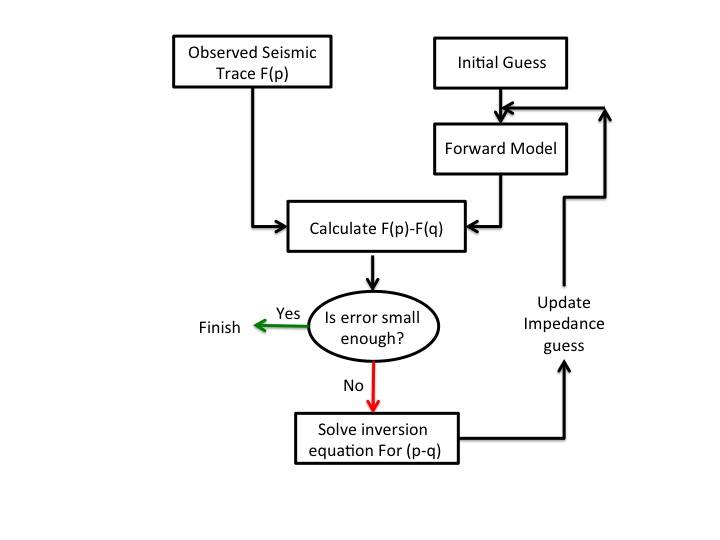Introduction to Lab-Grown Diamonds
In the consistently evolving world of fine gems, lab-grown diamonds have arisen as a groundbreaking alternative to their natural counterparts. These synthetic pearls, created through advanced technological processes, offer remarkable beauty as well as significant ethical and environmental advantages. As more buyers try to make dependable purchasing decisions, lab grown diamonds have turned into a prominent decision in the extravagance market.
What Are Lab-Grown Diamonds?
Lab-grown diamonds, also known as synthetic diamonds, are real diamonds created in a controlled climate using cutting-edge innovation. Dissimilar to natural diamonds, which form more than huge number of years under the Earth’s outside layer, lab-grown diamonds are created in a matter of weeks. There are two primary techniques used to create these stones:
1. High Strain High Temperature (HPHT)
The HPHT technique copies the natural circumstances under which diamonds form. By applying high tension and temperature to carbon, this process creates diamonds that are chemically, physically, and optically identical to natural ones. The HPHT technique is particularly viable in producing jewel quality diamonds and is utilized to create a large number of sizes and colors.
2. Chemical Vapor Testimony (CVD)
The CVD strategy involves creating diamonds from a carbon-rich gas. This gas is ionized and then stored onto a substrate, where it crystallizes into diamond form. CVD diamonds are known for their exceptional clarity and can be created in a variety of colors and sizes. This technique allows for greater command over the diamond’s characteristics, making it a popular decision for custom gems.
Advantages of Lab-Grown Diamonds
Ethical Considerations
One of the most compelling reasons to pick lab-grown diamonds is their ethical advantage. Not at all like natural diamonds, which have been associated with struggle and human freedoms abuses, lab-grown diamonds are created in controlled conditions where ethical labor practices are assured. By opting for synthetic diamonds, purchasers can avoid supporting practices that add to social and environmental harm.
Environmental Impact
Lab-grown diamonds are also a more environmentally cordial decision. Traditional diamond mining can have devastating consequences for biological systems, including habitat annihilation, soil disintegration, and water contamination. In contrast, the development of lab-grown diamonds requires minimal land disruption and generates significantly less waste. This decrease in environmental impact makes lab-grown diamonds a more sustainable choice for eco-cognizant customers.
Cost-Adequacy
Lab-grown diamonds generally cost 20-40% not exactly natural diamonds of comparable size and quality. This cost contrast arises from the absence of mining costs and the ability to control the creation climate. Thus, shoppers can appreciate top notch diamonds at a more accessible sticker cost, allowing for greater adaptability in their gems decisions.
Quality and Variety
As far as quality, lab-grown diamonds offer exceptional standards. They are graded using the same criteria as natural diamonds: the Four Cs — carat weight, cut, color, and clarity. Because they are created in controlled conditions, lab-grown diamonds often show less inclusions and can achieve more elevated levels of clarity. Additionally, the innovation utilized allows for a broad range of colors and sizes, catering to different tastes and inclinations.
Step by step instructions to Recognize Lab-Grown Diamonds
Certification and Grading
While purchasing lab-grown diamonds, it is essential to guarantee that they accompany a certification from a reputable gemological laboratory. Certification gives assurance of the diamond’s authenticity and quality. Leading laboratories, for example, the Gemological Institute of America (GIA) and the International Gemological Institute (IGI), offer certification for lab-grown diamonds, providing detailed information about their Four Cs.
Visible Characteristics
Although lab-grown diamonds are virtually indistinguishable from natural diamonds to the naked eye, there are a few unpretentious contrasts. For example, lab-grown diamonds may show development patterns that vary from those of natural diamonds. Additionally, a few diamonds may contain identifying characteristics, for example, laser inscriptions that mean their synthetic origin.
The Future of Lab-Grown Diamonds
Innovation and Innovation
The field of lab grown diamonds is rapidly advancing, with ongoing innovations underway procedures and advancements. These advancements promise to further enhance the quality, color, and size choices of synthetic diamonds. As innovation advances, lab-grown diamonds will continue to offer considerably more value and variety, solidifying their situation in the extravagance market.
Shopper Patterns
As purchaser awareness of ethical and environmental issues develops, the demand for lab-grown diamonds is supposed to rise. Millennials and Generation Z, in particular, are driving this shift towards sustainable and socially mindful decisions. Thus, lab-grown diamonds are poised to turn into a significant player in the future of fine gems.
Conclusion
Lab-grown diamonds address a significant advancement in the world of fine gems, offering a combination of ethical obligation, environmental sustainability, and cost-viability. With their exceptional quality and various range of choices, these synthetic diamonds are poised to outshine their natural counterparts in the extravagance market. As innovation continues to advance and customer inclinations shift, lab-grown diamonds will without a doubt play an increasingly prominent job in the future of gems.










